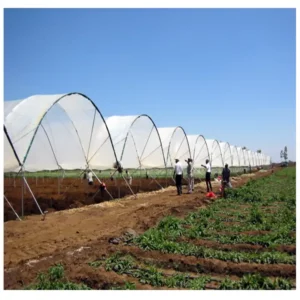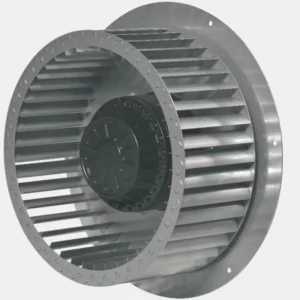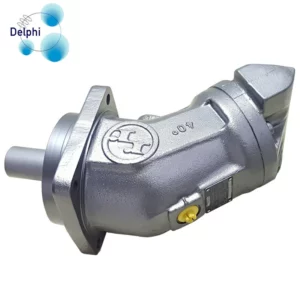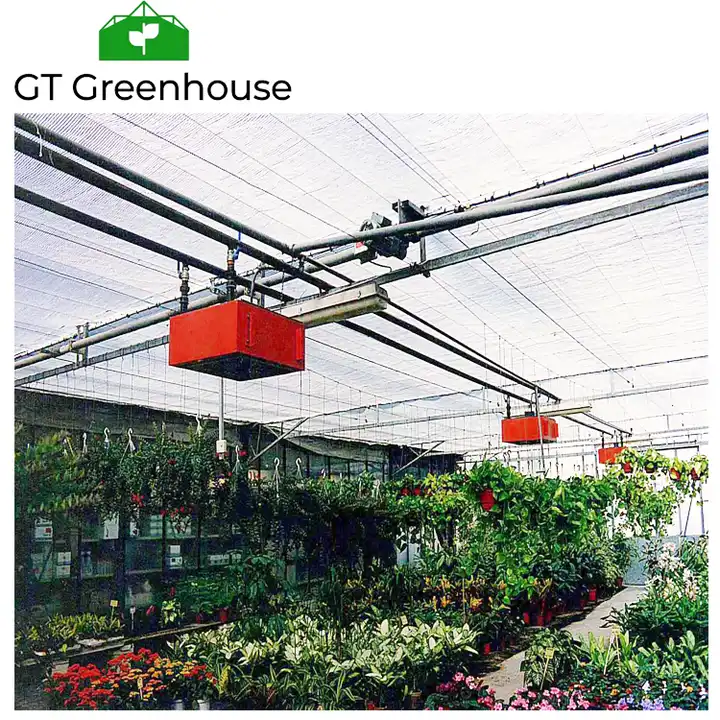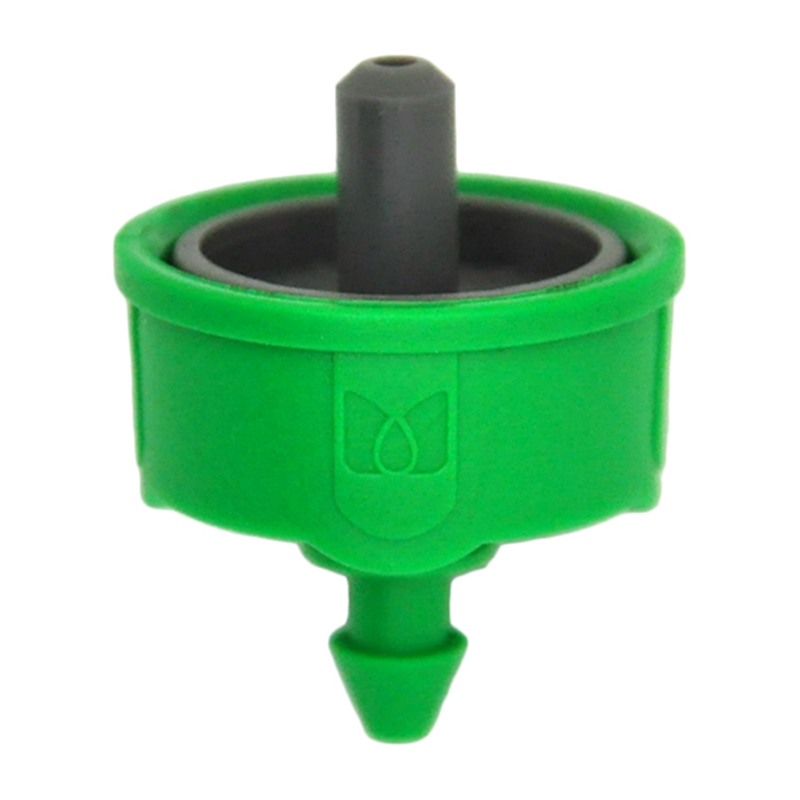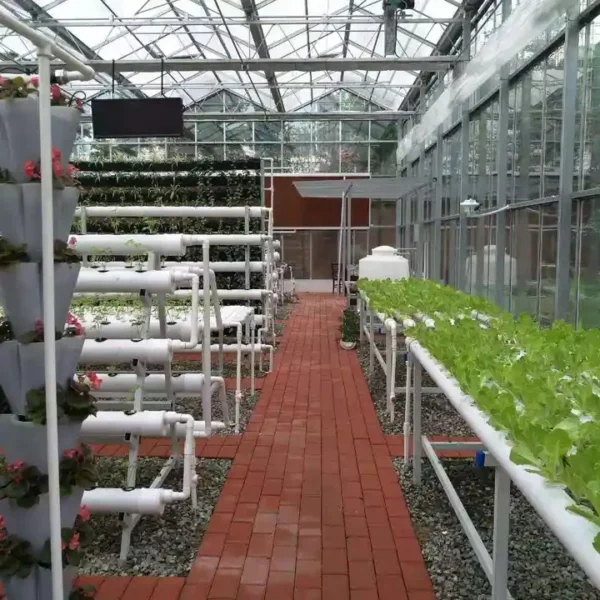Polytunnel greenhouses provide a controlled environment that can support a wide range of plants. The protected space offered by a polytunnel allows for extended growing seasons, protection from harsh weather conditions, and increased control over temperature, humidity, and light.
Here are some types of plants that are well-suited for growing in a polytunnel greenhouse:
1. Vegetables: Poly tunnels are ideal for growing a variety of vegetables, including tomatoes, cucumbers, peppers, lettuce, spinach, kale, carrots, beans, and herbs. The controlled environment helps promote faster growth, higher yields, and protection from pests and diseases.
2. Fruits: Many fruits thrive in polytunnel greenhouses. Examples include strawberries, melons, grapes, figs, peaches, nectarines, and citrus fruits. The warm and controlled conditions in a polytunnel can extend the growing season for these crops and enhance fruit quality.
3. Herbs and Salad Greens: Poly tunnels are excellent for cultivating herbs such as basil, mint, parsley, cilantro, and dill. The controlled environment provides consistent conditions that support rapid growth and abundant yields. Salad greens like lettuce, arugula, and baby spinach also perform well in polytunnels.
4. Flowers: Poly tunnels offer an ideal environment for growing flowers, including annuals, perennials, and cut flowers. Popular flower choices for polytunnel cultivation include roses, tulips, lilies, gerberas, dahlias, and various bedding plants. The protected space helps extend the flowering season and protects delicate blooms from wind and rain damage.
5. Climbing Plants: Poly tunnels provide vertical space for climbing plants to flourish. Vining crops like cucumbers, melons, and beans can be trained to grow vertically, maximizing space utilization and improving airflow within the polytunnel.
6. Microgreens and Sprouts: Growing microgreens and sprouts is well-suited to polytunnels due to their compact size and short growth cycle. These nutrient-dense greens can be cultivated year-round, offering a quick harvest and a continuous supply of fresh produce.
Remember to consider the specific climate and environmental conditions in your region when selecting plants for a polytunnel greenhouse. Additionally, it’s important to adjust the temperature, humidity, watering, and lighting levels within the polytunnel based on the specific requirements of the crops you choose to grow.
Applications and Utility
Commercial Farming:
- Crop Diversity: Ideal for growing various crops, including vegetables, fruits, flowers, and nursery plants, optimizing space for increased yields.
- Extended Growing Seasons: Facilitates year-round cultivation, allowing growers to extend growing seasons and increase production.
Small-Scale Agriculture:
- Home Gardeners: Suited for gardening enthusiasts seeking an economical yet effective solution for growing herbs, vegetables, or flowers.
- Community Gardens: Used in community gardening initiatives, providing shared spaces for multiple growers to cultivate produce.
Efficiency and Benefits
- Affordability: Polytunnel greenhouses offer a cost-effective entry into greenhouse cultivation, reducing initial investment costs.
- Versatility: Allows for the cultivation of a wide range of crops while providing protection from adverse weather conditions.
- Climate Control: Provides a controlled environment, allowing growers to manage temperature, humidity, and ventilation for optimal plant growth.
Polytunnel greenhouses have become instrumental in modern agricultural practices, fostering efficient and sustainable crop cultivation. Their adaptability, affordability, and ability to extend growing seasons make them indispensable for growers worldwide, from small-scale hobbyists to large commercial operations.
By offering controlled environments and cost-effective solutions, polytunnel greenhouses empower growers to cultivate a diverse range of crops, contributing to food security, sustainable practices, and the expansion of greenhouse agriculture. The availability and utilization of polytunnel greenhouses mark a significant stride towards accessible, efficient, and adaptable greenhouse cultivation methods in contemporary agriculture.
